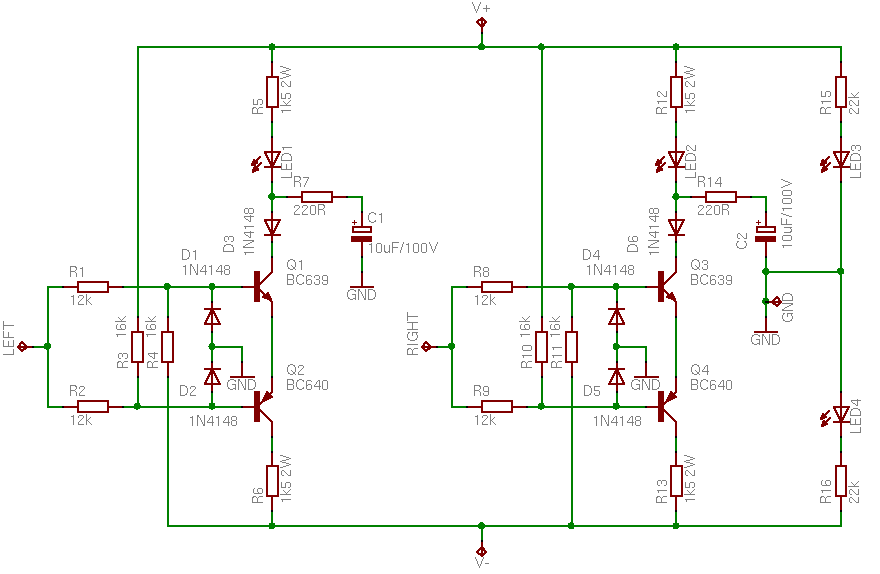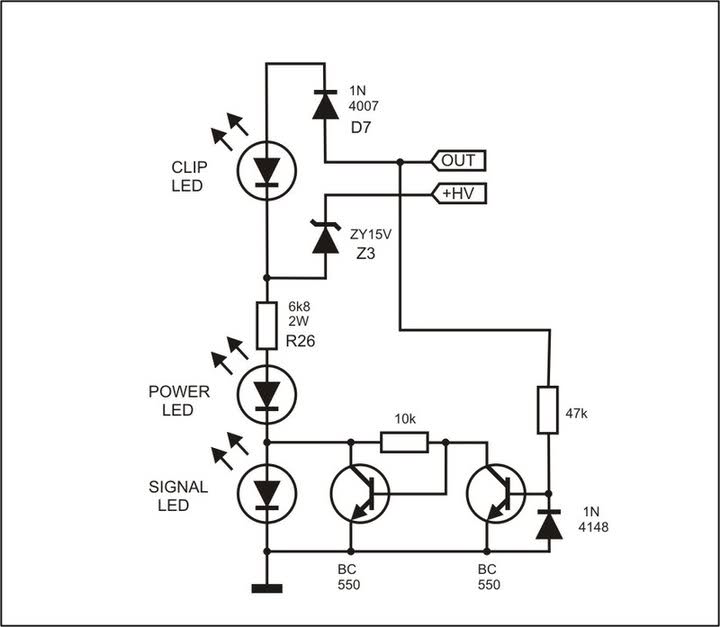


A level of 5% harmonic distortion in a signal does not represent a significant measurable increase in peak acoustic output at all. It’s worth considering that 5% distortion isn’t the same as an increase of 5 dB in output achieved by adjusting the sensitivity control. Everything becomes garbled and nothing sounds right.įor subwoofers, a tiny bit of distortion is OK as this lets you play bass at higher levels and extract more effective power out of the amp. Attempting to listen to music when the signal is distorted isn’t much fun. Thinking about our discussion of an amplifier increasing the amplitude of a signal in a linear fashion, once we reach clipping, things become decidedly non-linear. The frequency-based response of a 100 Hz sine wave at a level of +5 dB.Īs you can see, the amplifier’s harmonic content at and above the point that the amplifier starts to add significant distortion to the signal is significant. The time-based response of a 100 Hz sine wave driven to an amplitude that is 5 dB above what is considered the clipping point of our amplifier. The frequency-based response of a 100 Hz sine wave at an output level that includes 1% harmonic distortion. The time-based response of a 100 Hz waveform at an output level that includes 1% harmonic distortion. The frequency-based response of a 100 Hz sine wave at a level of -5 dB below clipping. The time-based response of a 100 Hz waveform at a level of -5 dB below clipping. The third measurements are taken with the input signal increased by another 5 dB. The second is at a level that includes very close to 1% distortion in the audio signal due to clipping. The first measurements are taken at an input level that is 5 dB below the second. In the three examples below, we can see a 100 Hz sine wave at three levels. Let’s correlate harmonic content with the shape of the audio waveform. They are the sum of many harmonics of the original signal, produced at the same time. These flat portions of the audio signal are not a DC component. There’s no DC voltage applied to a speaker unless something in the amplifier breaks. We’ll be perfectly clear here: These flat parts are NOT a DC voltage. These high-amplitude harmonics are responsible for creating the flat portions of the audio signal. When clipping occurs, harmonics are added to the audio signal. This is the waveform produced by a quality car audio amplifier when it’s pushed well beyond the voltage limits of its power supply.

We refer to the waveform as being clipped because the signal’s tops and bottoms are cut off. This limit is the point at which the amp can’t apply more voltage or current to the load to maintain the shape and harmonic content of the original waveform. In the same breath, all amplifiers have an upper limit to their power production capability.

If you send more signal to the input, they increase that signal by a fixed amount. In this case, we’d have 36 watts of power being fed into the motor.Īll audio power amplifiers attempt to function in a linear fashion. If the load were a motor with a coil winding of 4 ohms and we applied 12 volts to it, 3 amps would flow through the motor. Our example shows that 4 watts are being dissipated in the resistor. In terms of power in this resistor, we can multiply the current by the voltage to calculate watts. If we have a 4-ohm resistor and we apply 4 volts across it, 1 amp of current will flow through the resistor. The laws of physics require that for power to be dissipated in a load, a voltage must be applied across the load, and as a result, a current will flow through it. That’s a term that’s thrown around a lot, and most people don’t fully understand why clipping happens and what it means. Electronics technicians and engineers usually refer to the point where distortion becomes significant as clipping. When we apply more signal than an amplifier can boost linearly, a significant amount of harmonic distortion is added to that signal. Every car audio amplifier on the market has a maximum amount of undistorted power it can deliver to a speaker or subwoofer.


 0 kommentar(er)
0 kommentar(er)
